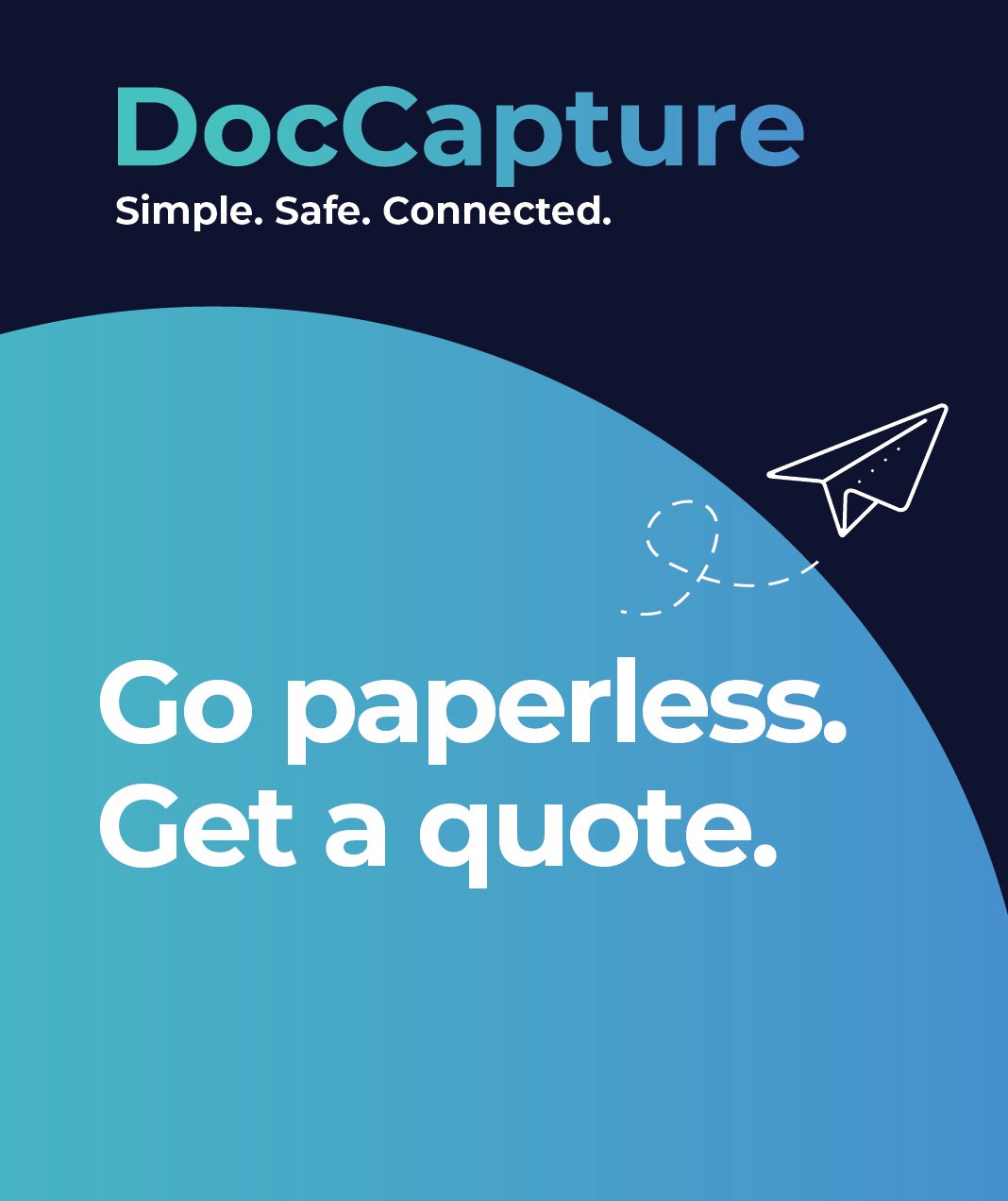Overcoming Resistance to Change in Government Digitization Efforts
Table of contents
In an era where private enterprises are swiftly embracing digital innovation, many government sectors remain anchored in legacy systems and paper-based processes. Digital transformation promises to revolutionize public services, improving efficiency, transparency, and accessibility. Yet, a significant hurdle persists: overcoming resistance to change within government agencies. This resistance—rooted in bureaucratic inertia, data security concerns, and budget constraints—often stalls progress, leaving public institutions struggling to meet modern demands.
For Chief Information Officers (CIOs), Directors of Digital Transformation, IT Managers, Records Management Officers, and Compliance Officers, this challenge is all too familiar. They navigate complex organizational structures and stringent compliance requirements, all while addressing the cultural reluctance to embrace digital solutions. The stakes are high: outdated processes can erode public trust, compromise data security, and limit operational efficiency.
Fortunately, there is a bridge between the old and the new—document scanning. By digitizing existing paper records, government agencies can take an incremental yet impactful step toward modernization. Scanning solutions not only streamline workflows and reduce physical storage costs but also enhance security and compliance, laying a strong foundation for broader digital initiatives.
In this article, we’ll explore the key challenges impeding digital transformation in government sectors and reveal how document scanning solutions can overcome these barriers, enabling a smoother and more secure transition to the digital age.
Key Challenges to Government Digitization
Despite the clear advantages of digital transformation, government agencies often encounter significant obstacles that impede progress. Understanding these challenges is crucial for developing effective strategies to overcome them.
Bureaucratic Resistance and Cultural Inertia
Government institutions are traditionally structured with rigid hierarchies and established procedures. This organizational culture can foster resistance to change, as employees may be accustomed to long-standing workflows and skeptical of new technologies. Overcoming this inertia requires deliberate change management strategies and strong leadership commitment. Read more about this in Government Departments and Document Imaging Services.
Security and Privacy Concerns with Digital Solutions
The transition to digital systems raises legitimate concerns about data security and privacy. Government agencies handle sensitive information, and any breach can have severe consequences. Robust compliance frameworks and secure document scanning solutions are essential to mitigate risks. Explore more in Efficiency in Government: How Document Scanning Helps and Modernizing Government: The Role of Document Scanning.
Budget Constraints and Complex Procurement Processes
Financial limitations are a common hurdle in the public sector. Allocating funds for digital initiatives can be challenging, especially when budgets are tight. Additionally, government procurement processes are often complex and time-consuming, making it difficult to swiftly adopt new technologies. Document scanning offers a cost-effective entry point. Learn how in Document Scanning for State and County Government Records and Scanning Government Records.
The Role of Document Scanning in Overcoming Resistance
While digital transformation in government often encounters barriers, document scanning solutions provide a practical and impactful first step toward modernization. By converting paper records into digital formats, agencies can mitigate resistance and unlock numerous benefits.
How Scanning Bridges the Gap Between Paper and Digital Workflows
Document scanning serves as a bridge between traditional paper processes and modern digital systems. Scanning enables agencies to retain familiar workflows while digitizing content for easier access and collaboration. This approach reduces manual handling and eliminates the bottlenecks associated with paper documents. Learn more about how this works in Government Document Scanning.
Enhancing Compliance and Data Security Through Controlled Digitization
Security concerns are among the top reasons for resistance to digital transformation. Document scanning addresses these issues by offering controlled, secure digitization processes that comply with regulatory requirements. Agencies can ensure the confidentiality and integrity of sensitive information, reducing the risks associated with paper-based records. Explore this in more detail in Modernizing Government: The Role of Document Scanning and Document Scanning for State and County Government Records.
Cost-Effectiveness of Document Scanning Solutions
Budget constraints and complex procurement processes can slow the adoption of digital transformation. Document scanning offers a cost-effective, scalable solution that delivers immediate benefits while laying the foundation for more comprehensive digital initiatives. By reducing physical storage costs and improving operational efficiency, scanning projects often pay for themselves. See how document scanning supports efficient and cost-conscious government operations in Efficiency in Government: How Document Scanning Helps and Scanning Government Records.
Actionable Strategies for Change Management
Overcoming resistance to government digitization requires more than just technology; it demands a thoughtful and strategic approach to change management. Here are actionable strategies that government leaders can implement to drive successful digital transformation.
Building a Clear Business Case for Digitization
A compelling business case is essential to secure buy-in from key stakeholders. Emphasize the long-term cost savings, efficiency gains, and enhanced service delivery that digital solutions provide. Document scanning projects, in particular, offer quantifiable benefits that make them an ideal starting point. Learn more about these benefits in Government Document Scanning.
Highlighting Compliance and Security Benefits
Address concerns about data security and regulatory compliance by showcasing how controlled scanning solutions can mitigate risks. Highlight successful case studies, such as those found in Document Scanning for State and County Government Records, which demonstrate improved compliance and data protection.
Engaging Stakeholders and Change Agents Within Departments
Identify champions of digital transformation within departments and empower them to advocate for change. These change agents can play a crucial role in addressing resistance, sharing success stories, and promoting the benefits of digitization. Collaborate with Records Management Officers and Compliance Officers to align initiatives with compliance goals.
Incremental Implementation: Starting with Document Scanning as a First Step
Implementing digital transformation in stages reduces disruption and resistance. Start with document scanning as a low-risk, high-impact initiative that delivers quick wins. Once employees experience the benefits of digitization, they’re more likely to support broader digital initiatives. For inspiration, explore Document Scanning in Local Government and Large-Format Scanning Improves Access to Government Building Information.
Conclusion
Government sectors face unique challenges when it comes to digital transformation, from bureaucratic resistance and security concerns to budget constraints. However, these challenges are not insurmountable. Document scanning serves as a vital stepping stone, helping agencies modernize processes, enhance security, and ensure compliance—while managing costs and reducing resistance to change.
By starting with document scanning, government agencies can bridge the gap between traditional paper-based workflows and fully digital systems. This approach not only delivers immediate operational improvements but also lays a strong foundation for broader digital transformation initiatives. Agencies that embrace document scanning position themselves to improve service delivery, strengthen data security, and increase public trust.
For those ready to take the first step toward overcoming resistance to digitization, DocCapture offers secure, efficient, and cost-effective government document scanning solutions. Explore how DocCapture can help your agency modernize and thrive in the digital era by visiting Government Document Scanning and filling out our "get a quote" form.
Share this
You May Also Like
These Related Stories

Cost-Effective Governance: Cutting Costs with Document Scanning

Addressing Privacy Concerns in Government Document Digitization

